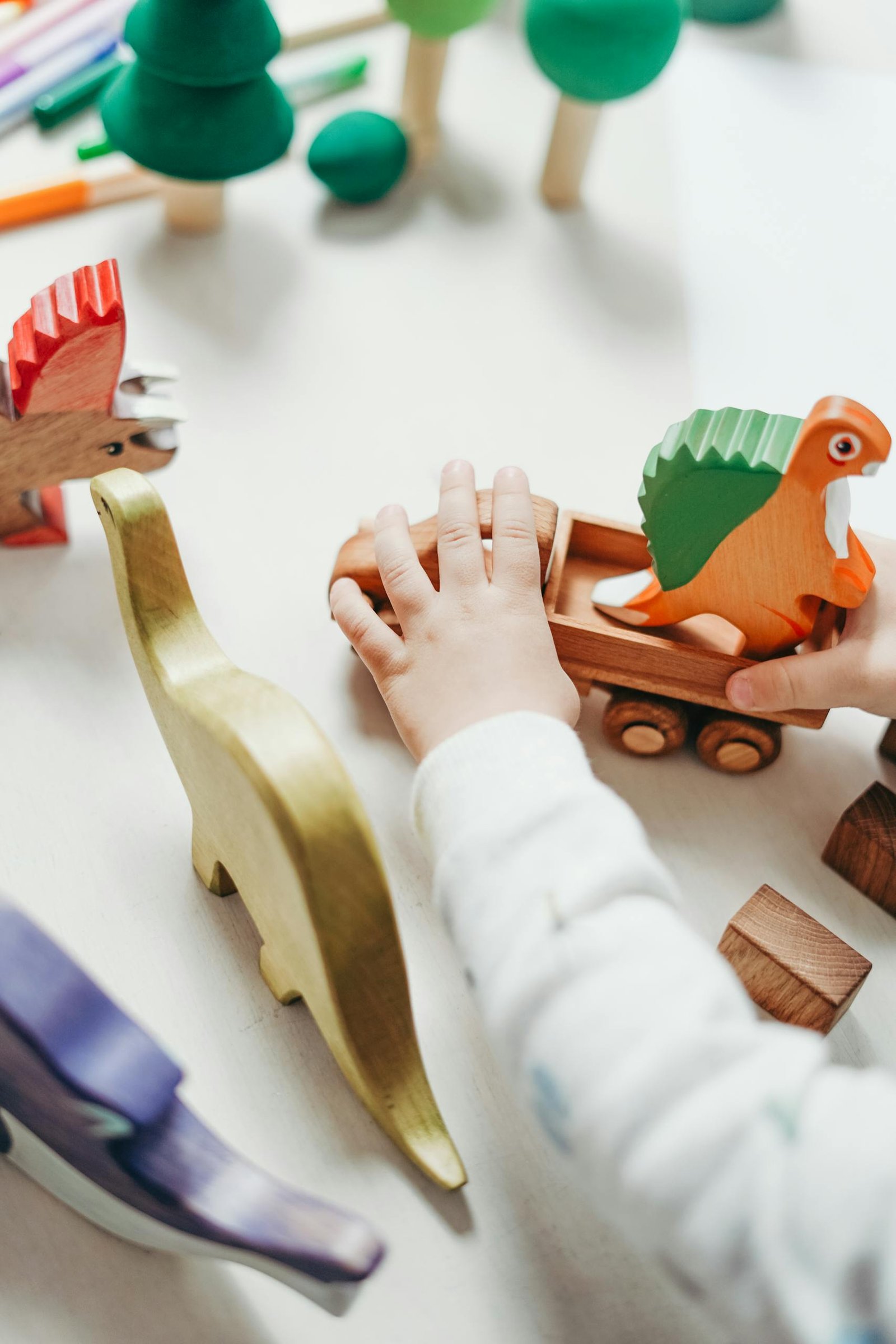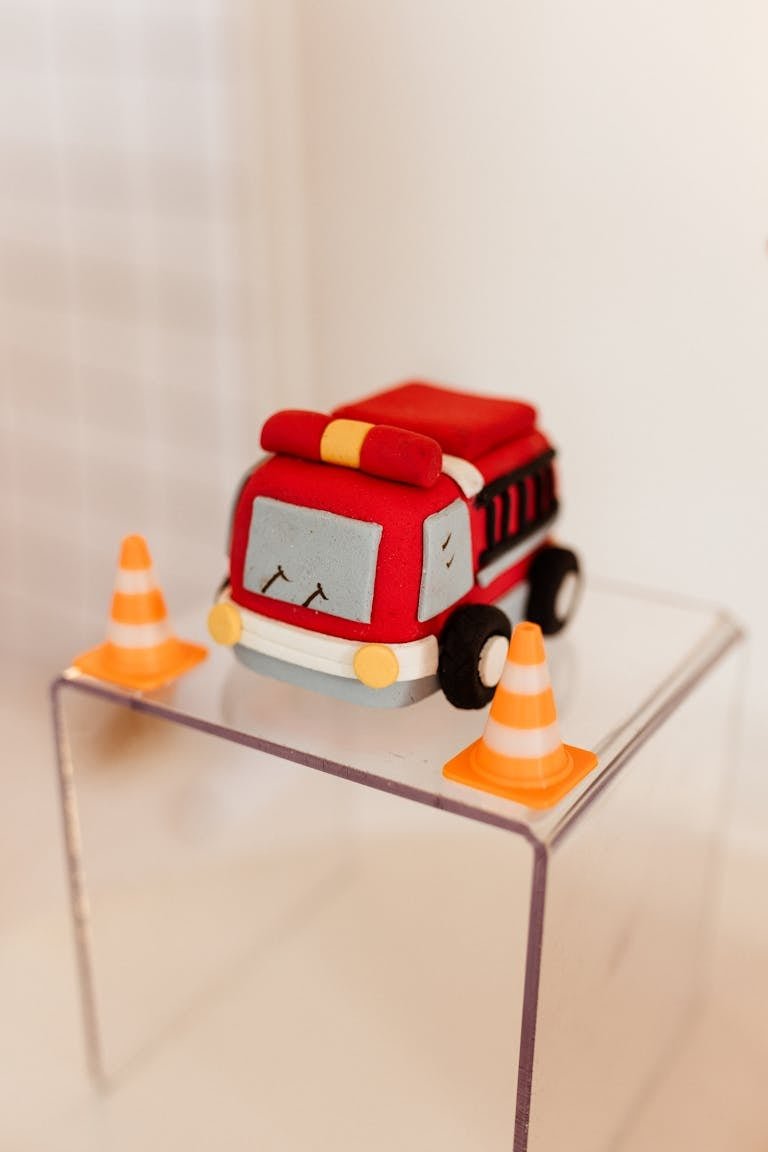Are Wooden Toys Better for Kids? What Science Says
Are Wooden Toys Better for Kids?
Parents often wonder if they should choose wooden toys or plastic toys when shopping for their children. Wooden toys are often marketed as eco-friendly, safe, and better for development — but what does the science actually say? Let’s break it down.
Safety and Health Benefits
Wooden toys are generally safer because:
- They contain fewer toxic chemicals than many plastic toys, which may have BPA, PVC, or phthalates.
- They are less likely to break into sharp pieces, reducing choking or injury risks.
- They are heavier and sturdier, meaning fewer small detachable parts.
Science Says: Studies show that exposure to certain plastics can disrupt hormones in children. Wooden toys made with non-toxic finishes are a safer alternative.
Durability and Sustainability
- Wooden toys last longer — they can be passed down between siblings or even generations.
- They are biodegradable and made from renewable resources, unlike plastic.
- Over time, wooden toys save families money since they don’t break easily.
Science Says: Research into consumer product lifecycles shows that wooden toys have a smaller environmental footprint than mass-produced plastics.
Wooden vs. Plastic Toys: Quick Comparison
| Feature | Wooden Toys | Plastic Toys |
|---|---|---|
| Safety | Fewer chemicals, sturdier | May contain BPA, break easily |
| Durability | Long-lasting, heirloom quality | Can break or wear out faster |
| Developmental Value | Encourages imagination & problem-solving | Often electronic, more passive play |
| Price | Higher upfront cost | Usually more affordable |
| Eco-Impact | Renewable, biodegradable | Petroleum-based, not eco-friendly |
Developmental Impact
Wooden toys often:
- Encourage imagination — without electronic lights and sounds, kids use their creativity more.
- Support problem-solving skills — blocks, puzzles, and stacking toys build logic and motor skills.
- Promote focus and calmness — Montessori schools widely use wooden toys for hands-on, mindful learning.
Science Says: Studies in child psychology suggest that open-ended play tools like blocks enhance cognitive development, spatial reasoning, and social interaction.
Montessori experts emphasize that the simplicity of wooden toys helps children “create their own world of play,” rather than just reacting to flashing lights or sounds.
Sensory Experience
- Wooden toys provide a tactile, natural feel that stimulates touch.
- The weight and texture of wood help children develop fine motor skills.
- They are often quieter — no loud electronic noises overstimulating young children.
Science Says: Research in early sensory learning shows that varied textures and weights improve sensory processing and fine motor coordination.
How to Care for Wooden Toys
- Wipe toys with a damp cloth and mild soap — avoid soaking in water.
- Use natural oils (like coconut or beeswax) to keep wood conditioned.
- Store in a dry area to prevent mold or warping.
- Avoid harsh cleaners that strip protective finishes.
Keeping wooden toys clean and maintained extends their life, making them truly worth the investment.
Activity Ideas with Wooden Toys
Want to get more out of your child’s play? Here are some parent-approved ideas:
- Block Building Challenge: See how high your child can build a tower before it falls.
- Color Sorting Game: Use painted wooden blocks for sorting by size or shade.
- Storytelling with Figures: Wooden animals or dolls can inspire imaginative roleplay.
- STEM Activities: Use wooden puzzles to practice problem-solving and spatial reasoning.
These activities transform simple toys into powerful learning tools.
Downsides to Consider
- Wooden toys are more expensive upfront than plastic.
- They can be heavier, making them less ideal for very young infants.
- Not all wooden toys are equal — those with toxic paint or poor finishes may not be safe.
Wooden Toy FAQs
Q: Are wooden toys safe for teething babies?
Yes, as long as they are made from untreated wood and non-toxic finishes. Always supervise young babies.
Q: Do wooden toys help kids learn faster?
Research suggests that open-ended toys like wooden blocks improve problem-solving, language, and social play.
Q: How do I know if a wooden toy is safe?
Look for FSC-certified wood and water-based, non-toxic paint. Avoid toys with small detachable parts for toddlers.
Should You Choose Wooden Toys?
While plastic toys still have their place (especially for affordability and variety), science leans in favor of wooden toys for health, development, and sustainability. Parents who want toys that last longer, encourage deeper play, and avoid harmful chemicals often find wooden toys to be the smarter choice.
Next Steps for Parents
- Look for toys made with FSC-certified wood and non-toxic, water-based paints.
- Mix and match: wooden toys for development, a few plastic toys for fun and affordability.
- Rotate toys to keep play fresh and engaging.
Your Turn: Do you think wooden toys are better than plastic? Share your opinion in the comments below — and don’t forget to check out our Top 10 Wooden Toys for Kids in 2025 (link to your affiliate list).


